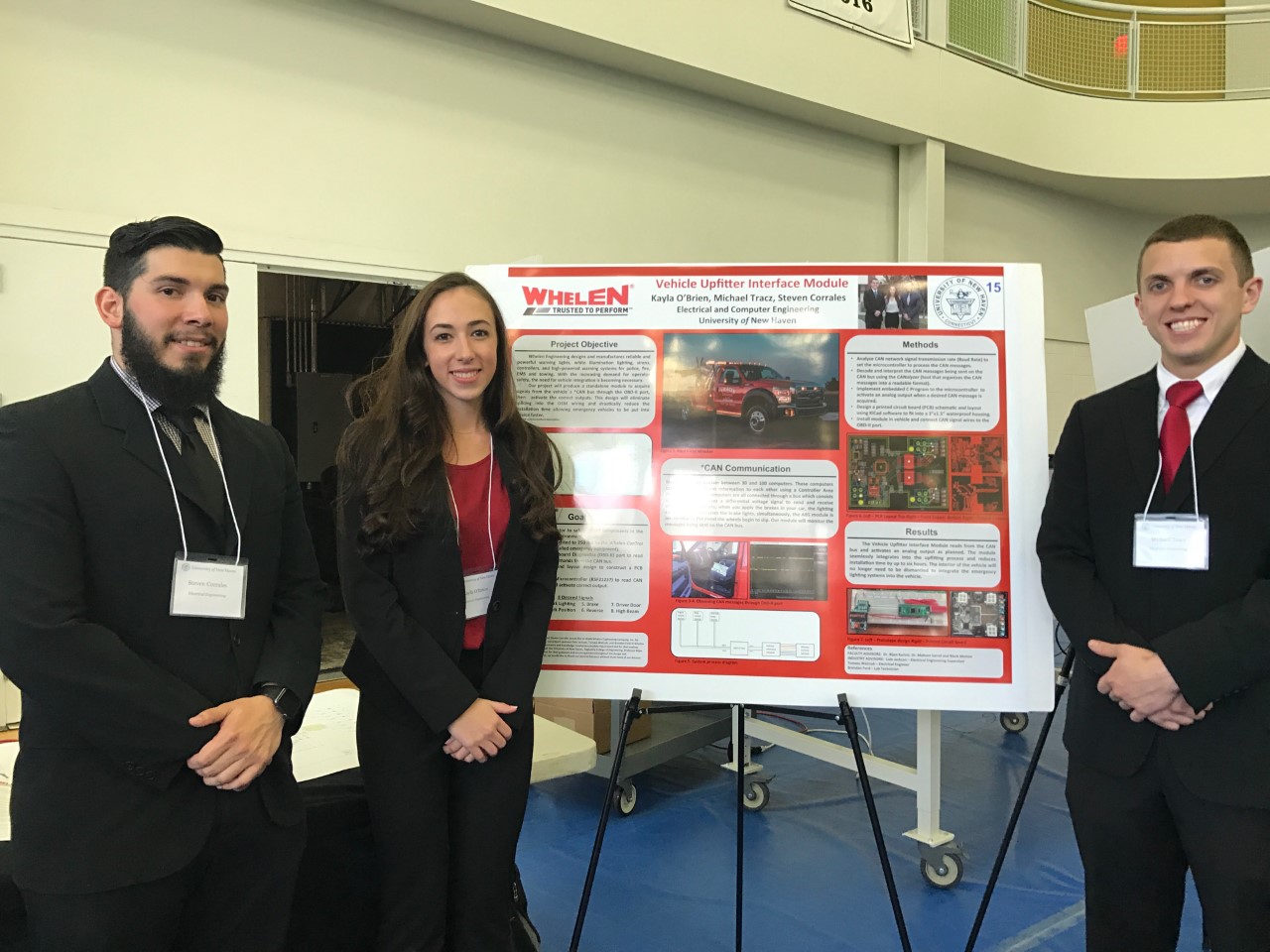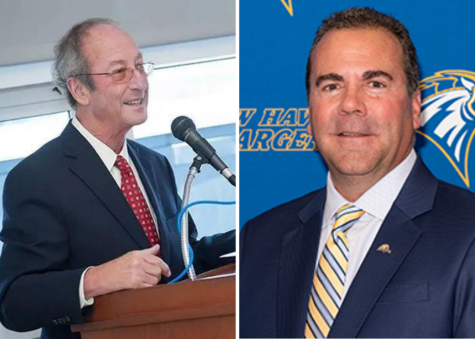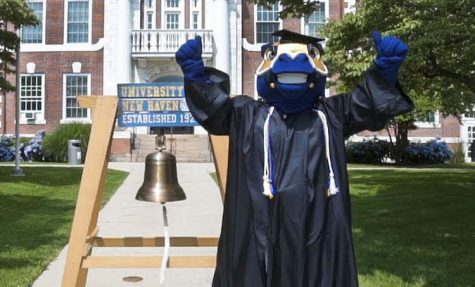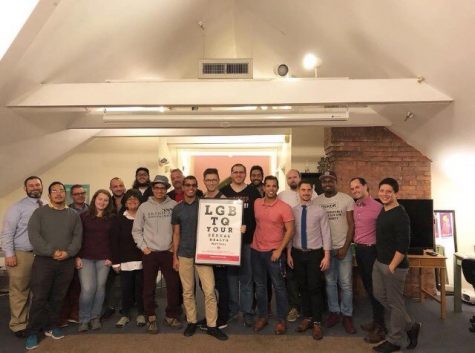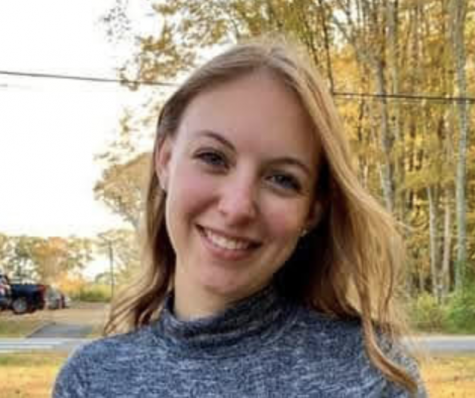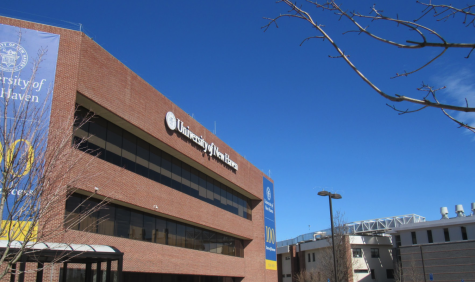Engineering Students Display Innovation Senior Design Expo
The annual Senior Design Expo took place on Wednesday (May 3) in the Beckerman Recreation Center. From 10 a.m. to 12 p.m. students had the chance to present posters of their projects, with the goal of bettering the campus community. Every graduating senior in the Tagliatela College of Engineering has to complete an industry sponsored project in order to graduate. Company sponsors include, Sikorsky, RBC Baring, Edgewell, Schick, UTC Aerospace Systems, Whelan, UTC Corporation, Docuware, Lee Company and Amphenol.
Students project topics fall into the following categories: chemical engineering, civil engineering, computer science and cyber systems, electrical and computer engineering, interdisciplinary projects, and mechanical engineering.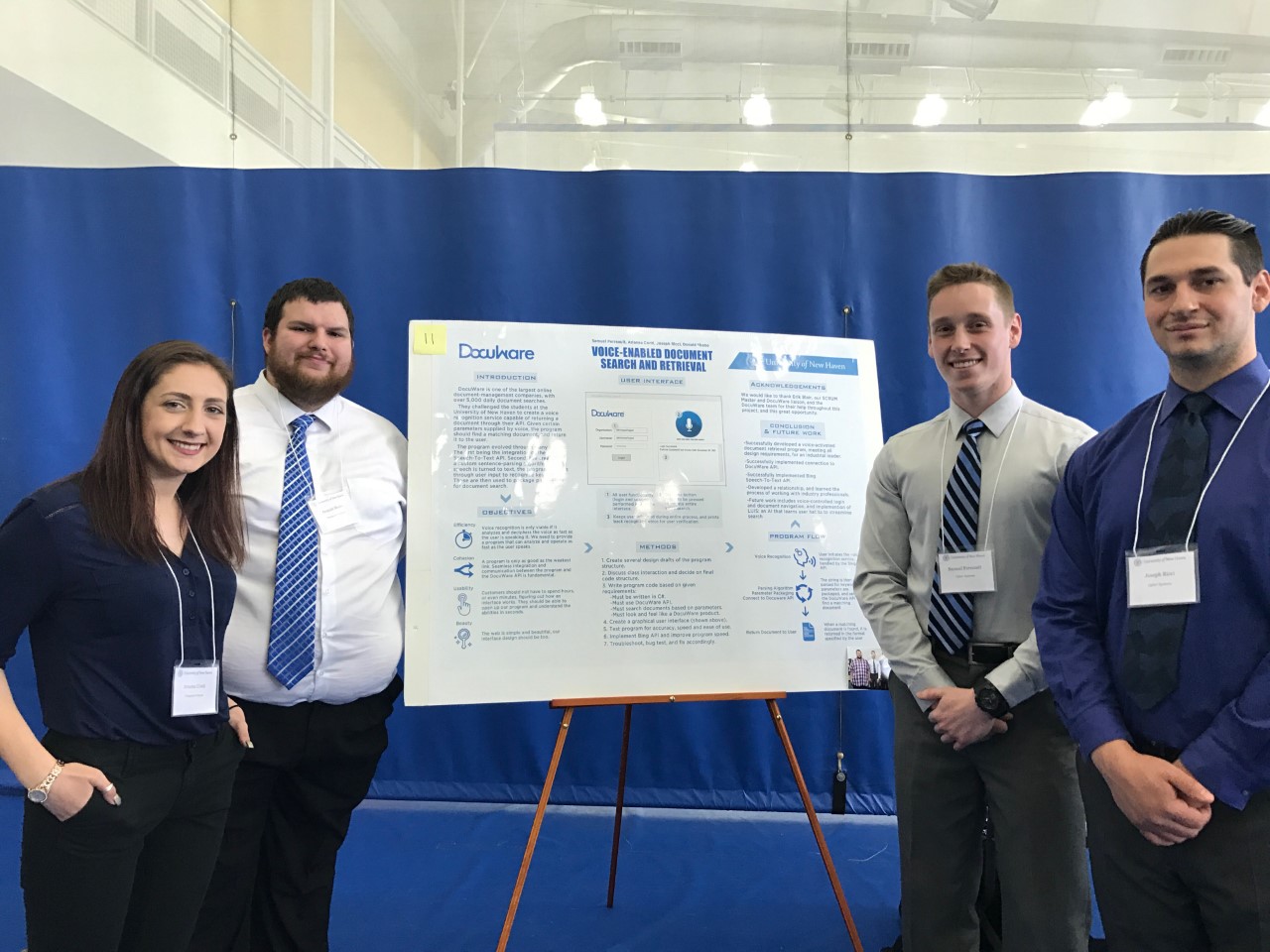
“This event allows our students to have a real-world experience in engineering. They [students] interact with industry sponsors while putting their technical skills to use solving real problems and designing and improving products,” said Nancy Savage, assistant dean for student affairs of the Tagliatela College of Engineering.
Some of the chemical engineering projects included, ‘Process for Methanation of CO2 and Extracting Water from Natural Gas Power Plant Waste Streams.’ Mechanical engineering projects included, ‘Fiber Brush Slip Ring Test Rig’ and ‘Airport Bridge Flexible Service Lines (Pantograph Replacement).’ Some of the electrical and computer engineering projects included, ‘Voice Activated Elevator’ and ‘Smart Machine Bottle: Clearing The Air Between Doctor And Patient.’
Samuel Perrault, Arianna Conti, Joseph Ricci, and Donald Sbabo’s project was part of the Computer Science and Cyber Systems Project. Their project was Voice-Enabled Document Search and Retrieval. Voice recognition is highly popular within major companies like Google and Microsoft. The team partnered with Docuware, who came to them asking for a search engine based on voice. They wanted it to look good, be fast, easy to run and all function together. Sbabo explained how they used Bing API which is based off the Bing search engine.
“It was very challenging but we learned a lot about the real world and projects,” said Ricci and Sbabo about using their own custom algorithm.
The Civil Engineering projects included, ‘Redevelopment of Charger Plaza’ and ‘Redevelopment of South Campus.’ The Computer Science and Cyber System projects included, ‘UNH Campus App,’ and ‘Docuwave Voice Recognition.’ Lastly, some of the Interdisciplinary Projects included, ‘Large 3-D Concrete Printer’ and ‘Aerosol Detector Apparatus.’
James Herbert and Trevor Haigh developed a UNH Campus App. Herbert explained that the general idea was that it is awful to find your way around campus. They knew that there was nothing that works on smartphones and since so many people use smartphones they wanted a smartphone compatible app. Through the app you’d be able to find your way around campus and get campus announcements and events all in one place.
“The idea is to have google maps with all buildings on campus for those like freshman who it might be difficult for,” said Herbert.
In the app you are able to search, for example Kaplan Hall, and it will show you exactly where a building is and link to google maps to give you both walking and driving directions. An additional feature of the app is that you are able to put your schedule in and get reminders before your class and see on a map all the buildings where your classes are.
 Kayla O’Brien, Michael Tracz, and Steven Corrales’ project was a Vehicle Upfitter Interface Module. Their project was sponsored with Whelen Engineering, where they designed a Vehicle Upfitter Interface Module.
Kayla O’Brien, Michael Tracz, and Steven Corrales’ project was a Vehicle Upfitter Interface Module. Their project was sponsored with Whelen Engineering, where they designed a Vehicle Upfitter Interface Module.
“Whelen Engineering does all of the emergency lighting for police, EMS, towing, and DOT vehicles. Typically when emergency lighting is installed, the car must be dismantled to reach the OEM wiring harnesses which decreases the wires integrity,” said O’Brien.
They designed a 1.9” x 2.5” waterproof encapsulation that is now being mass produced by Whelen Engineering. Their module plugs into the ODB-II port and communicates on the vehicles CAN lines to control all the vehicles emergency lighting.
“As a team we are honored and extremely proud of ourselves to have complete a product that is now being produced,” they said.
From 1 p.m. to 5 p.m., students presented orally on their projects in various locations in Buckman Hall.
“This year, as always, our students did a fantastic job on their projects,” Savage said.

